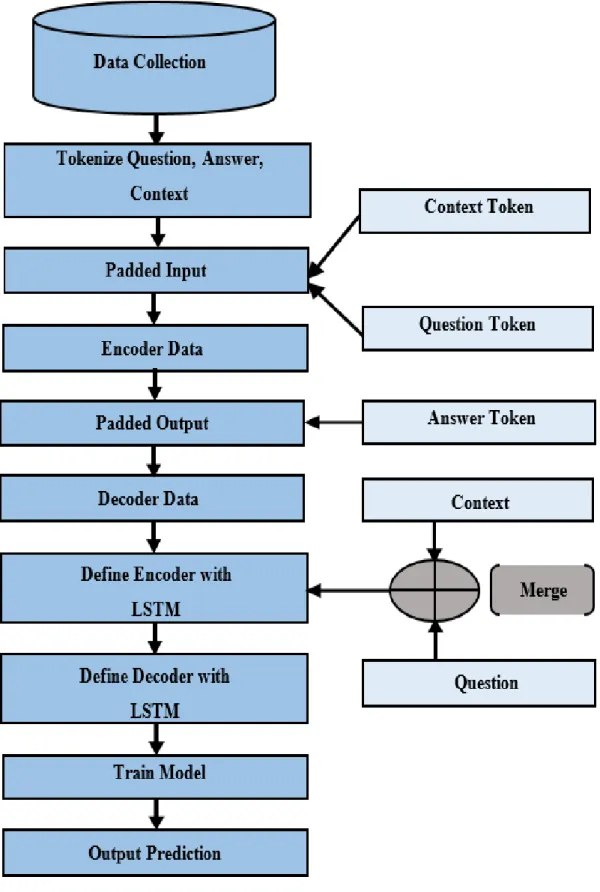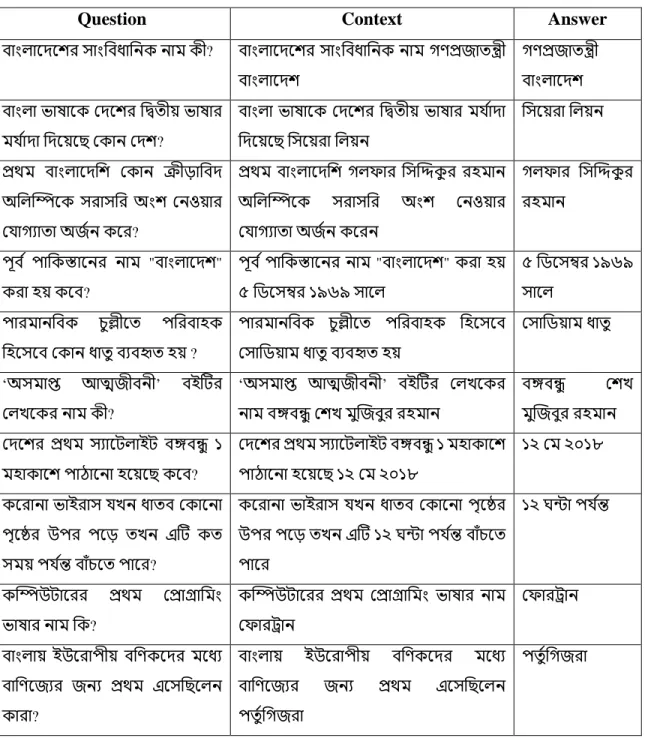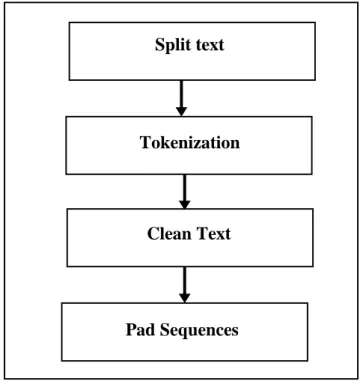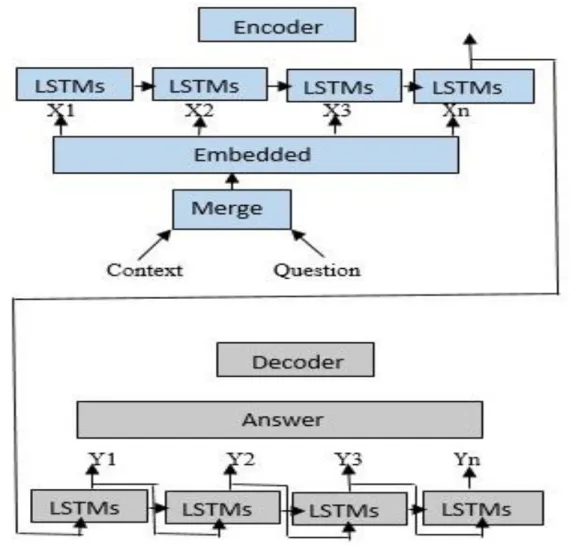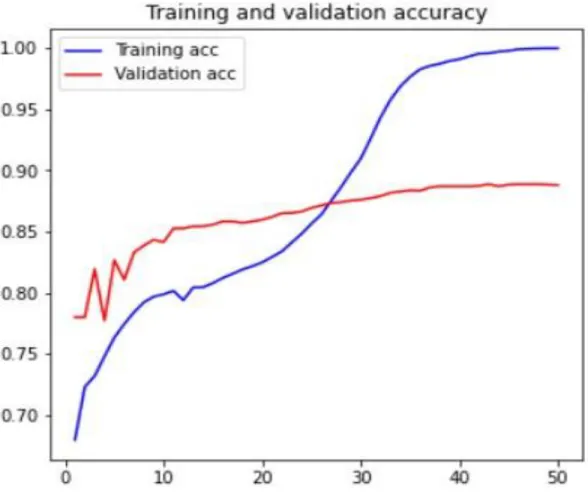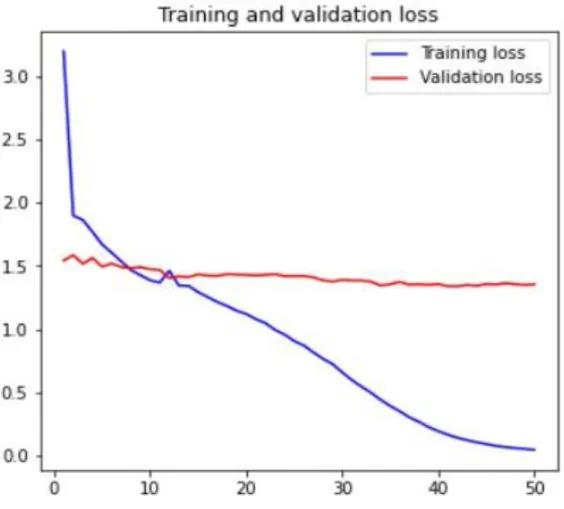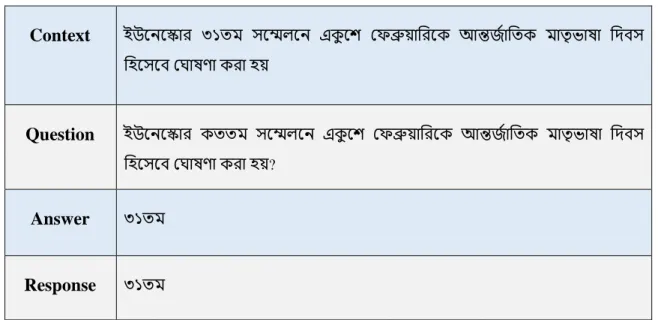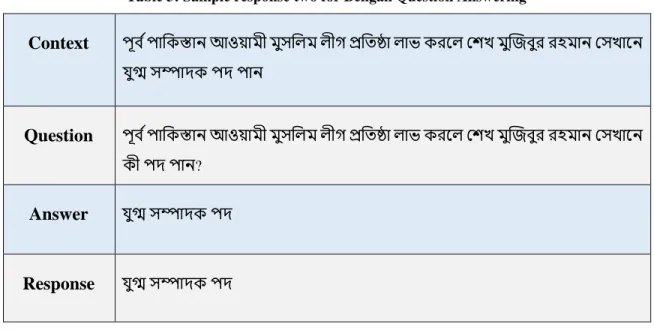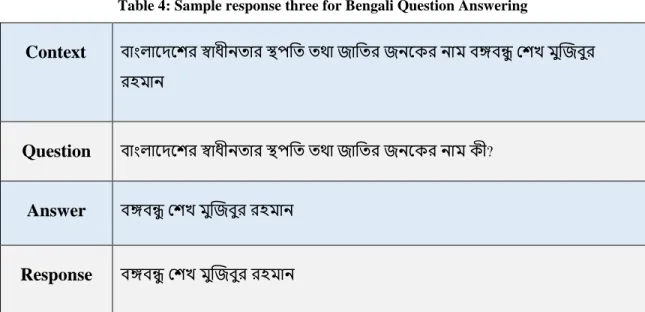We attempted to develop an automatic question-answering system for Bengali language using a general knowledge dataset. Anyway, we have created a model for an automated question-answering system for the Bangla language. Closed domain question answering offerings asking questions about specific domains and their limited expertise are popular.
Open domain questions answer offers with any question and can rely on philosophy and world knowledge. Instead, complex question answering provides a complete description of the question in multi-line answers. There are numerous research paintings previously completed in unique languages on question answering machine and there also exists a number of operating QAS.
A study of the answers to questions in Bengali and English will reveal that there are very few parts in Bengali as compared to English. In the case of closed domains, we can easily get answers to some questions through this question answering system. Nowadays we see this auto answer system on various social media platforms and online shopping etc.
So far, several question answering systems have been observed in English, but very few and low level of accuracy have been done for Bengali.
Rational of the study 3
Research Questions 3
Expected Output 4
Report Layout 4-5
In this chapter we explained about the full workflow of our work and with some sections like- 3.1 Introduction, 3.2 Research title and apparatus, 3.3 Data collection procedure, 3.4 Data pre-processing part, 3.5 Discuss about Statistical Analysis, 3.6 Discuss about Implementation Necessity. In this chapter covers Experiment and Results of the research and some relevant discussions like- 4.1 Describe about Introduction part, 4.2 Describe about Experimental Results, 4.3 Describe about Descriptive Analysis part. This chapter we have discussed about Social Impact on our Society, Ethical Aspects and Sustainability Plan in our research work such as- 5.1 Impact on the Society, 5.2 Ethical Aspects, 5.3 Sustainability Plan.
In this chapter, it consists of the belief and destination works of the studies with some sections like- 6.1 Summary of the Study, 6.2 Conclusion, 6.3 Recommendations, 6.4 Implication for Further Study. Question answering is a method where the questioner will ask a question and get that question answered automatically. For automated question answering, machine learning approach is one of the best ways to extend an automated device.
Automatic question answering facilitates us to save time and save manpower which also reduces the cost. Every day we ask many questions on different websites on the internet to get answers from them.
Related Work 6-8
There are 5 sources of categories used in the system - the MEDLINE abstract system, the PubMed main full text article process, the medical archives section, the clinical guidelines section and the Wikipedia article section. 9] complete work for bangla language on factoid Question Answering System using closed domain method. Again, they compared and agreed on the two samples and ran on the selected data sets.
5] worked on Chatbot's Question Answering system by using attention-based total structure for sequence labeling on deep continuous neural networks (DRNN). 6] used three types of datasets for the Question Answering system: the Stanford real-world question answering dataset (SQuAD), the synthetic single word answer bAbI dataset, and the synthetic multiword answer bAbI dataset for the Question Answering system. They used the BERT model for the Bangla Question Answering system and, using survey experiments, compared their models with human children to install a benchmark score.
Again he used Natural Language processing of question answering system and removed stop words, diacritics and special symbols. She produced query analysis for the question method that supported syntactic classification and response form of realization. For this study, they described several types of question answering and architecture of proposed similar- Open Dominion Question Answering Process, Closed Dominion Answering Process, Factoid Type, Catalog Type, Verification Type Question, Cause Type Problem, Conjecture Exploration Type, etc.
We worked on closed domain data and used the sequence to sequence learning to create a question-answering system. Complete data is created based on Bangla general knowledge using international and Bangladeshi related questions. After preprocessing, we used the learned keyboard sequences, make sure that each of the orders or series has the equivalent range of the list.
Scope of the problem 9-10
RESEARCH METHODOLOGY 11-21
For this research work, we have used deep learning based long-term memory model to answer questions. We suggest our thesis title to be "QAGK: Question Answering Based on Bangla General Knowledge Data". As a result, it takes a long time to run the model and the results obtained are not good for answering questions.
For this graph (Figure 4.2.1) we can see that the accuracy of our training model and the validation accuracy are good for using the Bangla Question Answering system. In the past, we were well aware of how the question-answer model for English works. We have seen previous work on the Question Answering System in English and learned about the model's accuracy in those works.
Chatbot or Automatic question answering System is currently seen and used in many languages especially for English. No work has been done for Bangla question answering using general knowledge based dataset and deep learning model before. After solving the question answering problem using a deep learning model in English, we got very good accuracy for Bengali, just like we saw the accuracy.
Our model will be useful for Bangla NLP research area and will be useful in future Bengali question answering all related works. In this model it will support our Bangla Natural Language Processing research area to make a complete automatic question answering system and further experiments of Bengali question answering related to each job. Before doing question-answering work in Bengali, we looked at some work in English.
We hope that this work will play an important role in all future work related to Bangla Automatic Question Answering System. Nowadays, we can see the importance and impact of auto-answering questions on various online platforms and we can say that it works. So our work will help to create an automatic question answering system application in Bengali.
8] Radu Soricu and Eric Bril, "Automatic Question Answering Using the Web Beyond Factoid." (Journal of Information Retrieval - Special Issue on Web Information Retrieval, 2006, Kluwer Academic Publishers). 9] Sourav Sarkar, Syeda Tamanna Alam Monisha, Md Mahadi Hasan Nahid, "Bengali Question Answering System for Factual Questions: A Statistical Approach." (International Conference on Bangla Speech and Language Processing (ICBSLP), September 27-28, 2019). 12] Suzan Verberne "Developing an approach to answering why questions." (EACL 2006, 11th Conference of the European Chapter of the Association for Computational Linguistics, Conference Proceedings, April Trento, Italy).
